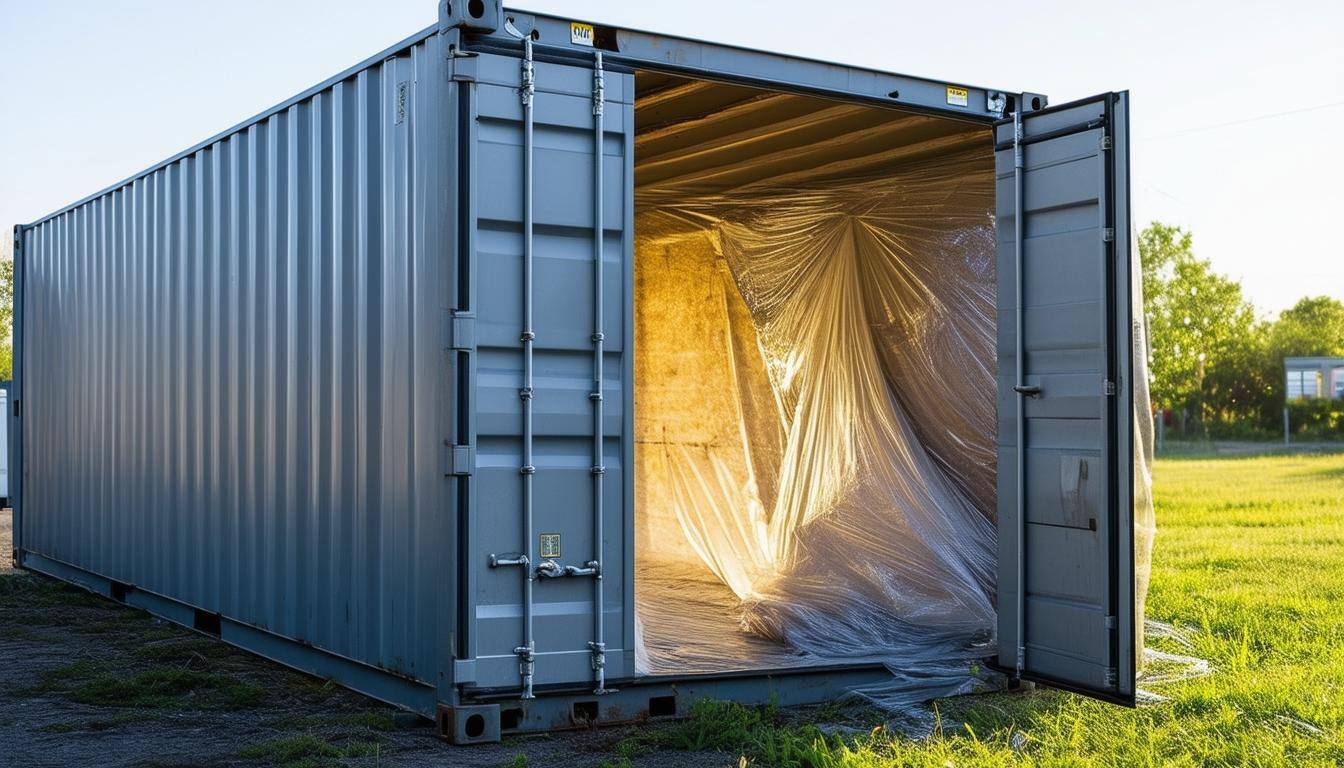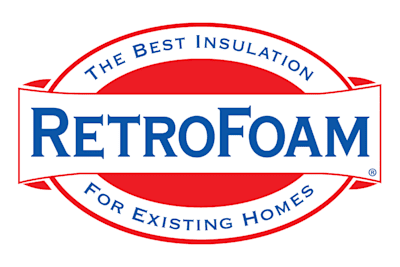How to Insulate a Shipping Container with Spray Foam for Maximum Efficiency


When it comes to insulating shipping containers, whether for storage, business use, or a unique tiny home, spray foam insulation is a game changer.
Let’s get right into why closed cell spray foam is the best insulation option for shipping containers, how the process works, and the benefits it brings to your project.
Why Choose Spray Foam Insulation for Shipping Containers?
Shipping containers are designed to withstand the elements, but they aren’t naturally suited for comfortable living or storage.
Without proper insulation, they can become uncomfortably hot in the summer and freezing in the winter. Spray foam insulation, particularly closed cell, solves this problem efficiently and effectively.
What Insulation Should I Use for My Shipping Container?
Closed cell spray foam is the gold standard for shipping container insulation.
Its unique properties make it ideal for the confined spaces and specific needs of these structures. Whether you’re insulating a container for storage or turning it into a livable space, closed cell spray foam is the answer.
What Makes Closed Cell Spray Foam the Best Option?
- Fits Tight Spaces: Shipping containers have limited wall cavities. Closed cell spray foam is perfect for these shallow spaces because it doesn’t have a high expansion rate. This means no wasted material and no over-expansion.
- Air Sealing Properties: A mere two inches of closed cell spray foam is enough to create a complete air seal. This keeps your container energy-efficient and free from air leaks.
- Durability and Structural Support: Closed cell foam is dense and rigid. When sprayed behind aluminum studs in shipping containers, it not only insulates but also adds stability to the flimsy aluminum.
- Moisture Resistance: Closed cell foam is highly resistant to moisture. This is crucial in shipping containers, which are prone to condensation and water infiltration.
How to Insulate a Shipping Container with Spray Foam
Much like any insulation project, there are steps and measures that must be taken for the installation to be a success.
Step One: Preparing the Container
Before spraying, the crew prepares the shipping container:
- Covering windows, doors, and floors: Plastic sheeting is used to protect these areas from stray foam.
- Noise management: Be prepared for some noise – the spray foam rig and generators can be quite loud, but the team works quickly and efficiently to minimize any disruption this may cause.
Step Two: Spraying the Walls
The process of insulating the walls involves the following:
- Filling the gaps behind aluminum studs: This ensures every space is covered, preventing thermal bridging and improving stability.
- Spraying the wall cavities: A precise spraying technique creates a smooth finish for a neat, professional look.
Step Three: Insulating the Ceiling
After the walls, two inches of closed cell spray foam is applied to the ceiling.
This layer seals the entire container and helps regulate interior temperatures.
Cleanup and Final Steps
Once the spraying is complete:
- Excess foam is scraped off the studs, leaving a smooth finish.
- Loose foam is collected, and the protective plastic is removed.
- The crew ensures the container is left clean and ready for use.
Benefits of Spray Foam Insulation for Shipping Containers
- Improved Energy Efficiency: Closed cell spray foam creates a tight air seal, preventing energy loss.
- Condensation Control: The moisture-resistant properties of spray foam keep your container dry and free from mold or mildew.
- Long-Lasting Solution: Spray foam doesn’t sag, settle, or degrade over time, ensuring lasting insulation.
- Enhanced Usability: Whether for a tiny home or secure storage, a spray-foamed container is far more comfortable and versatile.
Find a RetroFoam Dealer for Your Spray Foam Insulation Project
Ready to insulate your shipping container?
Visit our Find a Dealer page to connect with a RetroFoam dealer near you who also offers spray foam insulation services.
Related Articles
Spray Foam Insulation for Camper Vans and RVs
How Smooth Should Spray Foam Insulation Be After Installation?
What is the Difference Between RetroFoam Injection Foam and Spray Foam Insulation?
About Amanda Emery
Amanda previously has worked as a breaking news and crime reporter, TV news producer, and editor. As a journalist, she has won several awards from The Society of Professional Journalists - Detroit Chapter and the Michigan Press Association. Amanda uses her experience as a journalist to write content that will help educate homeowners on foam insulation benefits. When Amanda isn’t writing, she’s spending time with her husband Chris, daughter Lilith-Maeve, and rescued huskies Danger and Wendigo. She also loves knitting, making art, and cooking.


